Extractor fan in the kitchen - the thing is not just convenient, but extremely necessary. It is difficult to imagine how the hostesses have managed without her until now. However, what is the question? They got along very simply, and when they cooked, smoke and fumes were all over the house, so that everyone at home and even neighbors could enjoy the aromas of fried fish and the corrosive smell of pancakes or liver oil seals. But hoods appeared on sale - and everything changed at once. The kitchen is clean and tidy, all unnecessary smells go into ventilation, and there remains only one, at first glance, uncritical problem: noise. Well, for someone, maybe uncritical, but someone literally goes crazy from the constant annoying hum. Today we will solve this problem.
Is it possible to do it yourself at all?
Are you skeptical about this idea? For the most part, you are right. The fact is that in order to fully capture all emanating from slabs flows of smell, fat and steam require an area equal to or close to the equal surface of the stove, a powerful fan and, accordingly, a ventilation duct where all this will go. If you live in an apartment building, then you should have a ventilation duct, and here, of course, various surprises may await you.

Or, as is also often the case, there is a channel, but it either does not have a final exit, or is located in a place that excludes the natural exit of air.
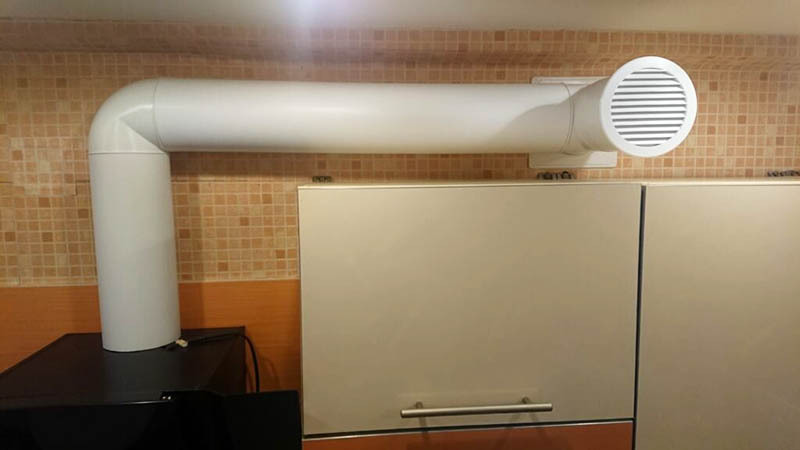
So making the hood yourself is, in principle, easy: build a receiving box above the stove, equip it with a fan, connect the fan to the air duct - and that's it. Not very aesthetically pleasing, but cheap, reliable and practical.
Some authors of repair video channels even advise not to bother at all and put a conventional hood for bathrooms over the stove. A dubious recommendation that leaves unresolved the issue of periodic cleaning of the grille, because for this you have to disassemble the entire structure.
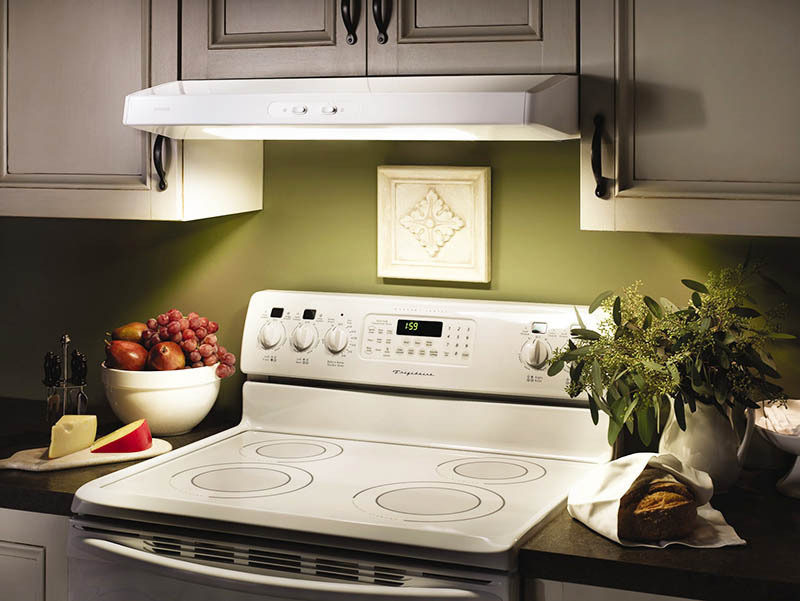
Diy noise reduction device
What buzzes and makes noise when the hood is turned on? You will be surprised, but the fan itself makes almost no noise. The hum is born and multiplies due to the passage of air currents in the metal pipe of the channel.
A noise absorber will help fix this. Such a device can be bought, but it is not difficult to make it with your own hands, and literally for a penny. How this is done can be seen in the photo selection.
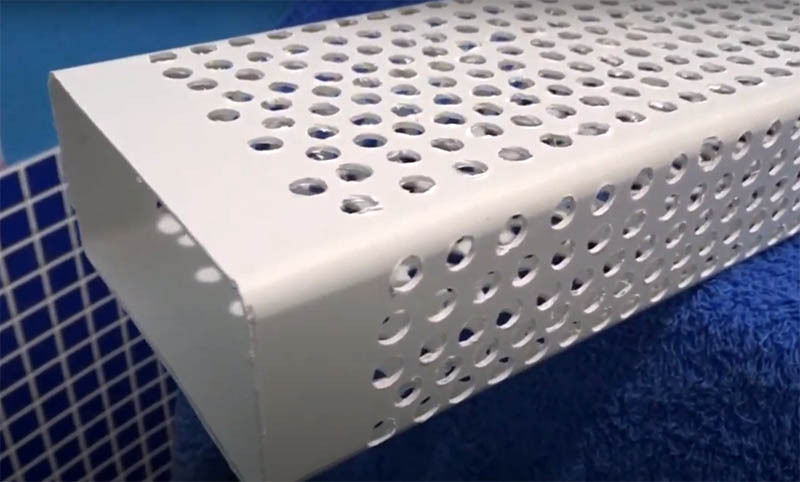
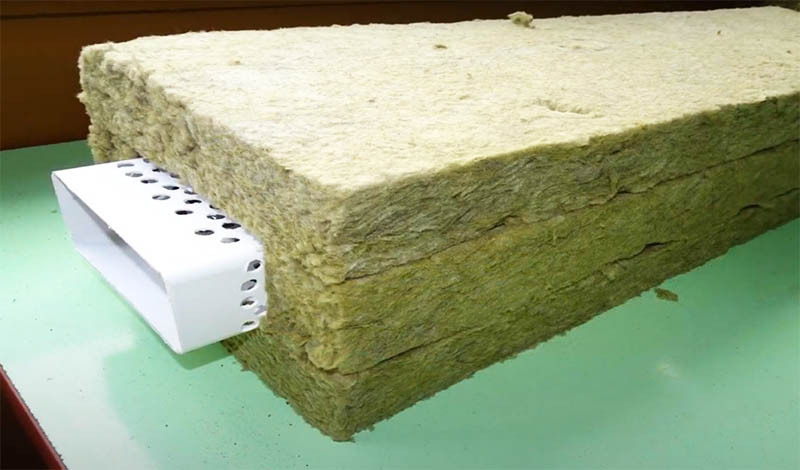
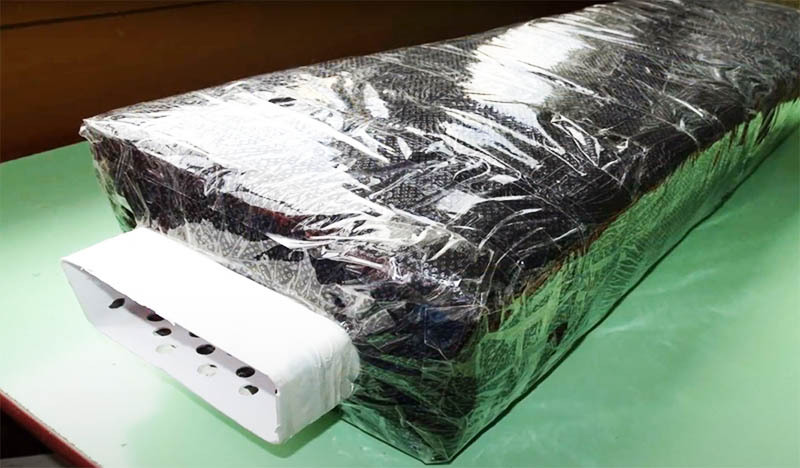
The structure can be cylindrical or square, this does not affect the sound-absorbing properties. And the longer the silencer, the more effective it is.
Such designs will come in handy not only in the kitchen. For example, if you have a private house, and the rooms are connected by one common channel, and you do not suffer from mania eavesdropping, it makes sense to install structures like this in all rooms to preserve privacy.
Another illustrative example of such a device is in this small video:
Agree, the idea is so simple that it is not difficult to repeat it, especially since it will cost mere pennies. Have you tried making noise-absorbing devices yourself? Write about your experience in the comments, it's very curious!



